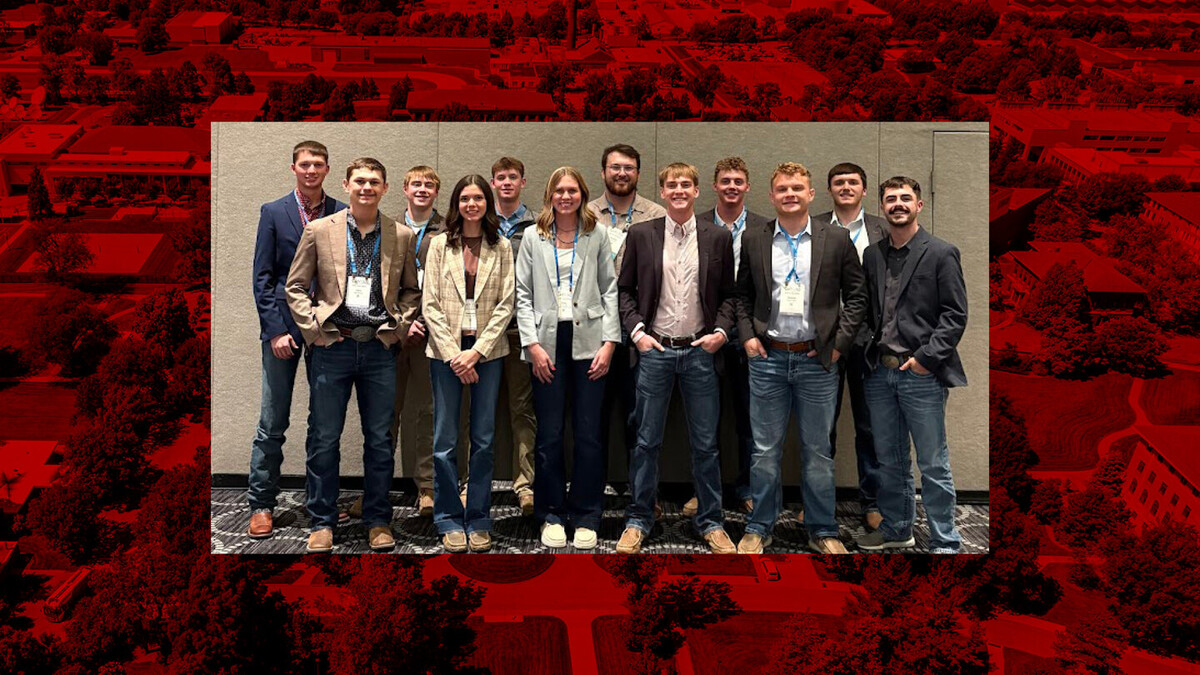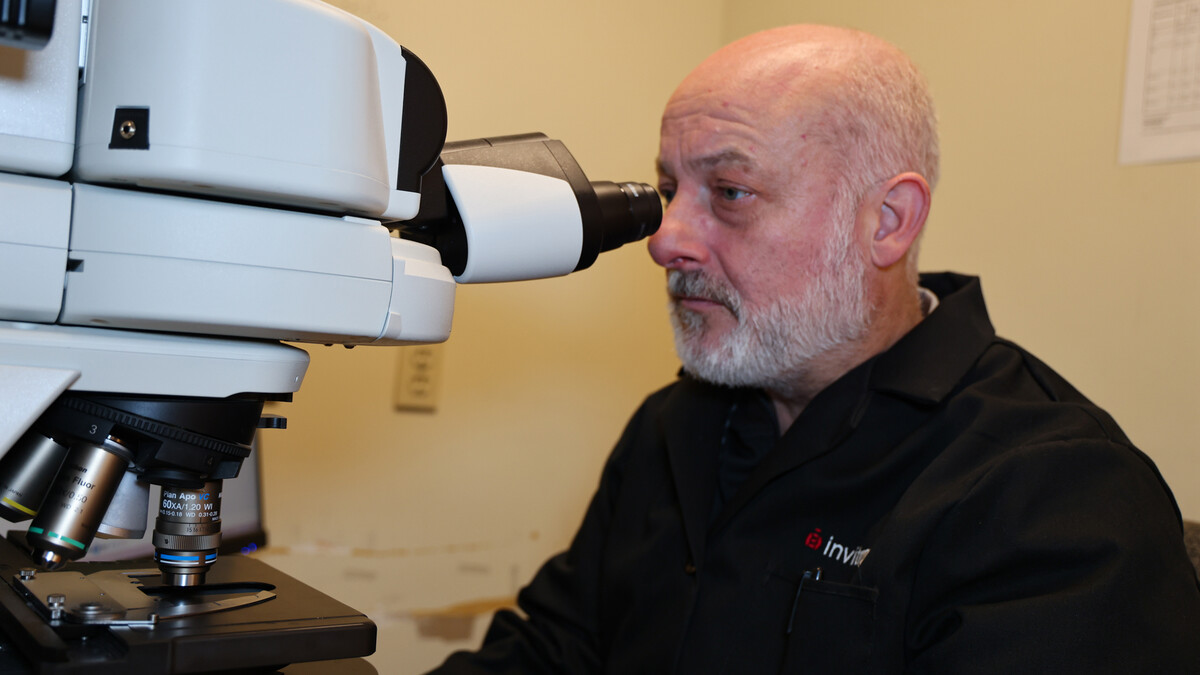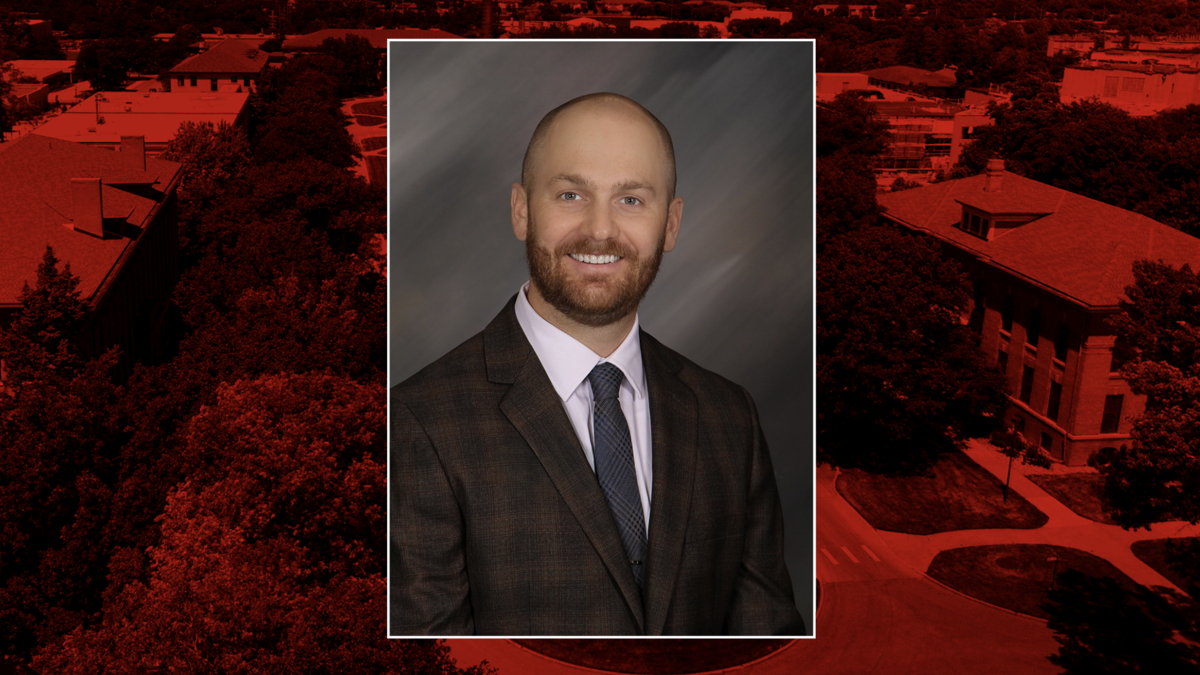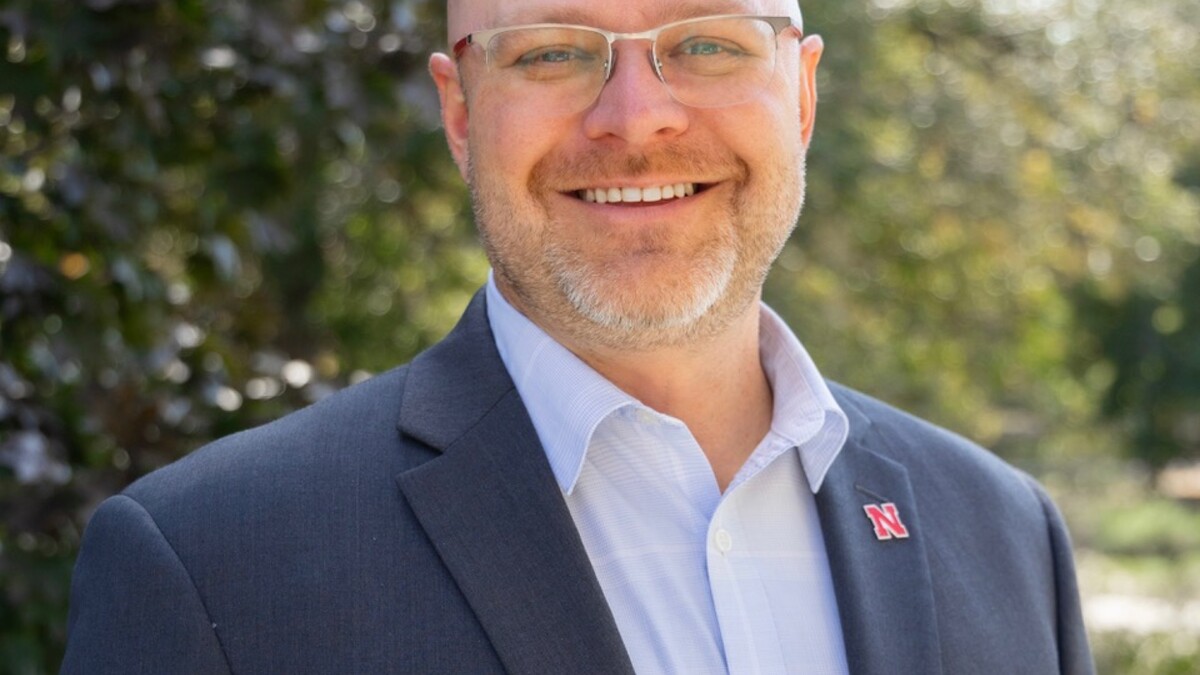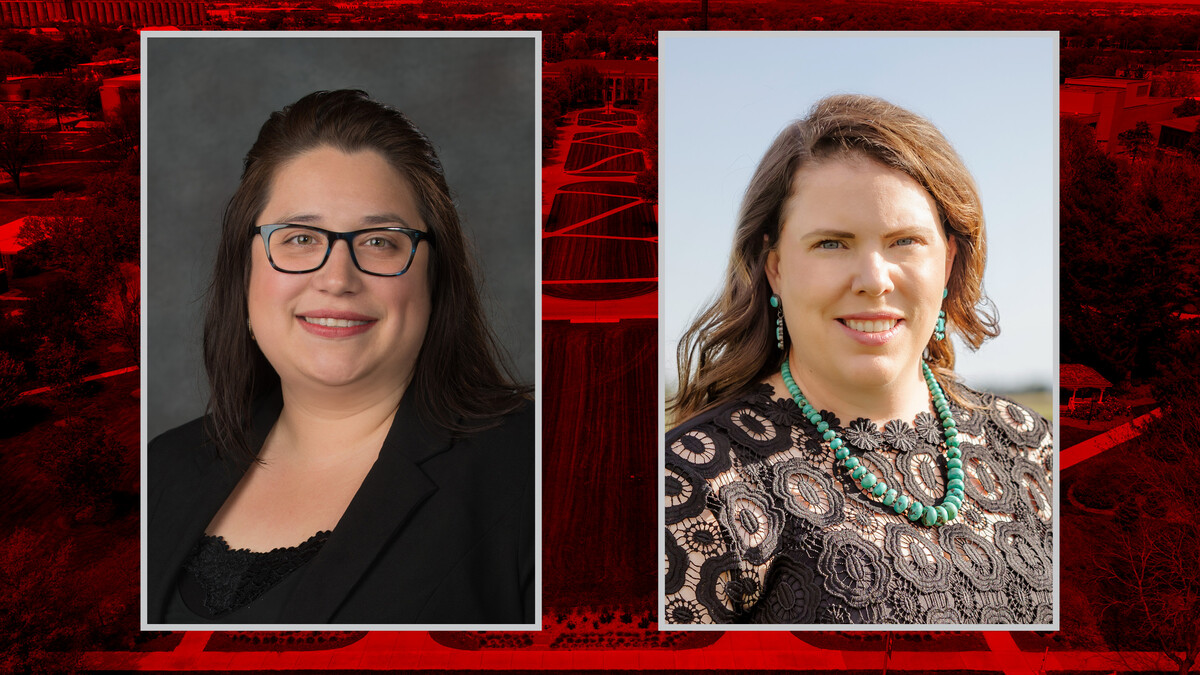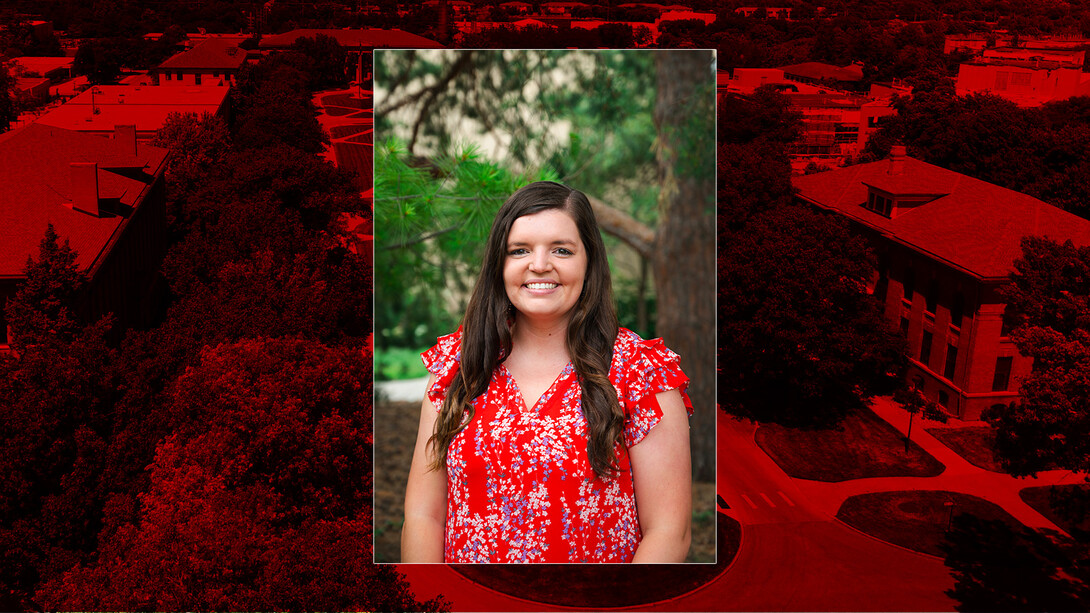
Lincoln, Neb. — University of Nebraska-Lincoln graduate student Kaitlyn Dozler is researching the acute stress response of cattle to virtual fencing and potential ways virtual fencing can be used for specific rangeland management practices.
Dozler grew up near Spalding on her family’s farm and ranch. Her parents and grandparents are still involved in the beef industry, and Dozler is excited to pave her way into being part of the next generation involved in the beef industry.
She completed her undergraduate studies at UNL in fisheries and wildlife and grassland studies. Dozler’s graduate research is a collective between the UNL School of Natural Resources and the Department of Agronomy and Horticulture. Her advisers are Mitchell Stephenson, associate professor of agronomy and horticulture and Andrew Little, assistant professor of landscape and habitat management. Dozler will be graduating this summer and is looking into careers that combine her passion for both agriculture and natural resources.
Research and impact in the beef industry
Virtual fencing works by using GPS coordinates to establish virtual fence boundaries and cattle locations. Cattle are fitted with a virtual fence collar that makes a sound when it approaches the boundary. If the cattle continue to walk toward the boundary, the cattle receive a mild electric cue that deters them from crossing the virtual boundary.
“Virtual fencing is a relatively new technology for cattle on commercial scales, and we are learning a lot about how cattle respond to management using these tools,” Dozler said.
Dozler can monitor the research herd at the UNL Gudmundsen Sandhills Laboratory from five hours away using virtual fencing. She can determine where the herd is, where it can move to, where the boundaries of the fence are, and when the boundaries move using her computer. The GPS tracker updates the location of each herd member as often as every five minutes.
Dozler and her team used heart rate monitors and physical observations to evaluate the acute stress levels of cattle fitted with virtual fence collars.
The second part of Dozler’s research is also investigating how virtual fencing could be used for specific rangeland practices such as aiding in wildlife conservation. In theory, virtual fencing could be used to designate a patchworked area of grazed and non-grazed areas to provide areas of habitat for wildlife. Virtual fencing could also be used to keep cattle out of sensitive wildlife areas during nesting and fawning seasons.
Dozler is also using game cameras at the UNL Gudmundsen Sandhills Laboratory to compare topographical areas and where wildlife appears most often. This data will be used to better understand wildlife habitat at the ranch and assist in determining key conservation areas where a virtual fence might provide opportunities for specific management objectives.
Challenges and opportunities
Dozler identified the gap between natural resources and the beef industry as a challenge and opportunity.
According to Dozler, the two groups sometimes have a hard time realizing they share a common goal: being good stewards of the land.
“Ranchers understand that the health of the land and the health of the environment reflects back on the quality of cattle they send to processors at the end of the day,” Dozler said.
For many ranchers, it is not just about making a profit. Many ranchers are committed to keeping the land as healthy as possible, enjoy seeing the wildlife and manage for species diversity.
With the right knowledge and tools, rangeland can be environmentally enhanced for conservation, yet remain profitable for ranchers. Some beef producers use wildlife conservation as another point of income for their operations through agrotourism such as prairie chicken lek viewing or guided hunting opportunities.
Dozler hopes her research in virtual fencing can make a positive impact on grazing and help bridge the gap between natural resources and the beef industry.
“Getting to work with the beef industry and natural resources makes my heart happy,” Dozler said. “It hits close to home.”

